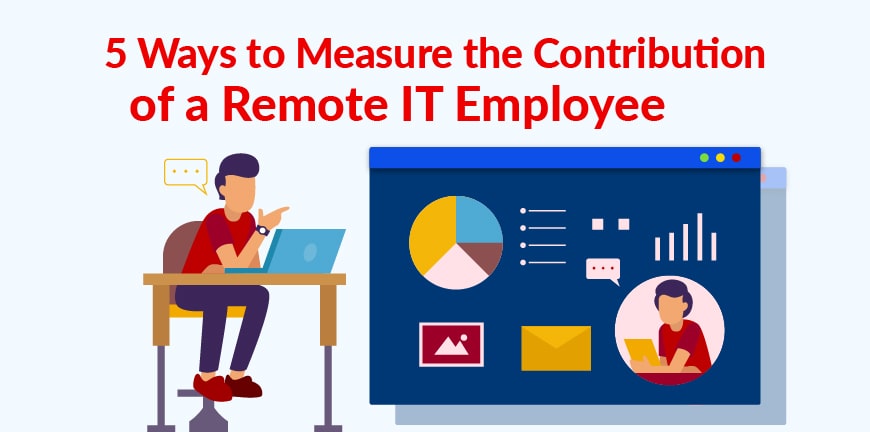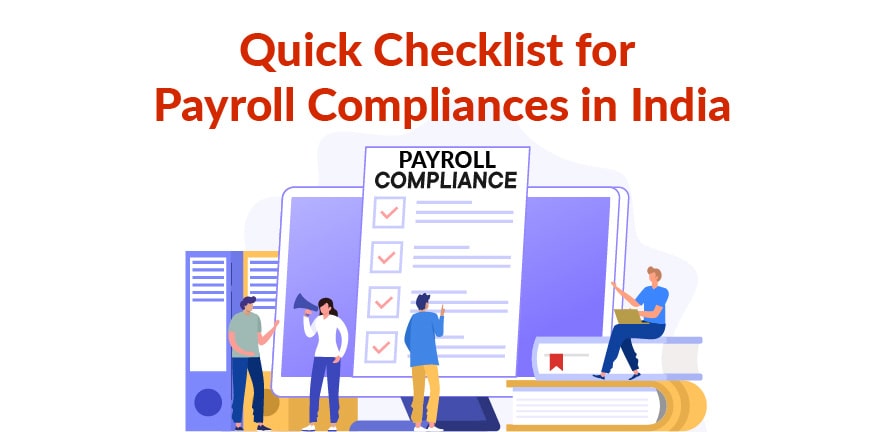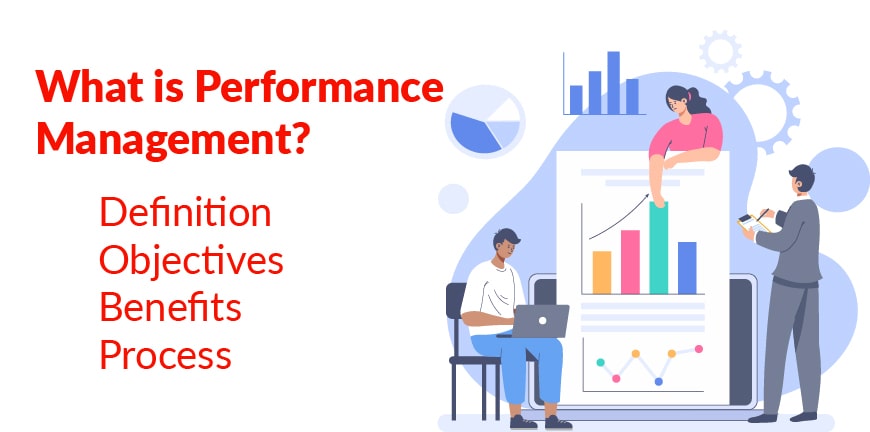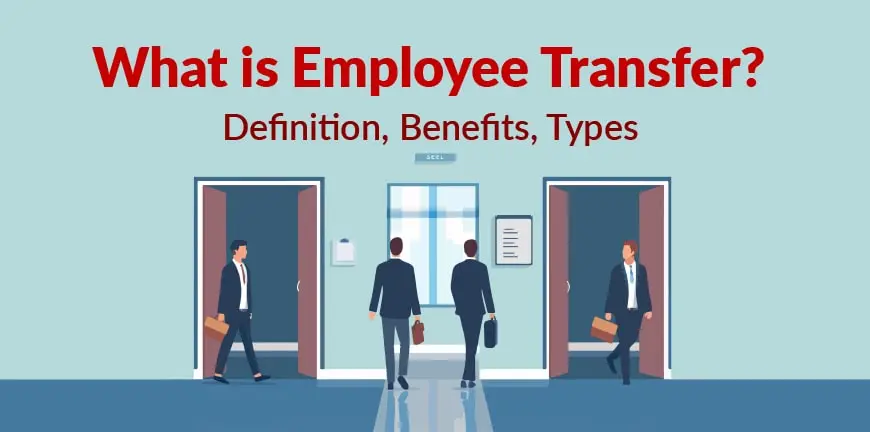
5 Ways to Measure the Contribution of a Remote IT Employee
07/02/2024
Payroll Compliance Checklist for 2025
12/02/2024The dynamic, open and interoperable virtual space where users interact for life, work, learning and play is called the Metaverse. Technically speaking, the metaverse is a collision and coming together of individual worlds and has psychological implications in addition to the physical and emotional experiences.
Is the Metaverse here? It is in few niche areas, and by 2030, according to McKinsey and Co., it could be worth at least $5 trillion and add value across sectors and disciplines. Nvidia, in collaboration with Microsoft, has already released the Omniverse, a cloud-based platform that will help build 3D applications for the industrial metaverse.
How the Metaverse Will Impact the World of Work
There is a popular quote by William Shakespeare in the play As You Like It, which goes, “All the world’s a stage, and all the men and women merely players.” This is the Metaverse for you when the entire world comes together. Users can work from any location of their choice, presenting themselves as 3D avatars int he spaces they choose to enter. They can even make purchases (real or digital) in virtual shops or play games on arcade machines.
The Metaverse is ripe with opportunities when it comes to remote work. The Metaverse will not only enable remote work but add a lot of value to it. The Metaverse will allow colleagues to work together in real-time or asynchronously and provides a range of environments that can be customized according to a user’s preferences. The Metaverse is based on crucial pillars that enable it. Let us look at them now as they all make their way onto the stage.
Enter VR and AR
VR, AR and MR taken collectively is a crucial pillar of the Metaverse and perhaps the one it hinges on most. Because this is what makes bridging the gap with accepted reality possible. Here’s how it impacts the Metaverse.
- Zoom or other audio and video conferencing tools of today does provide a limited feeling of presence but VR will take it one step further. VR’s spatial audio and immersive 3D video make every conversation seem in-person and ultra-realistic.
- VR can allow for experiential learning exposing the learner to scenarios that may be impossible or too costly to replicate in real life. Whether you want to reproduce an actual surgical operation or road traffic planning in a crowded city, VR can help you achieve a level of hands-on experience that can let you gain mastery over a concept.
- VR replicates an office infrastructure you might want in the future. By doing this, it allows you to analyse the feasibility of investing in them before you even build them, reducing costs in the long run.
According to Capgemini, a 10% positive surge in operations was experienced by 75% of companies after implementing XR (Extended Reality). The main reason was effective communication and collaboration and savings in infrastructure by implementing XR.
Moreover, research shows that VR can help reduce the risk of injury by 43%, which in turn translates to substantial financial savings by way of reducing worker’s medical claims and legal fees.
Enter Edge Computing
Edge computing, a distributed computing framework, focuses on bringing computing in enterprise applications as close to the source of data as possible. Here’s what it can do.
- Edge computing can ‘free’ the Metaverse. Quite literally. Today, the VR headsets that make the Metaverse possible cost upwards of thousands of dollars, but edge computing allows you to move the computing to the cloud and the edge, so that costly hardware can be removed from the glasses. This makes the Metaverse affordable for newer businesses too, and they can join and benefit from its advantages and upgrade their work paradigms just like bigger companies.
- And the services can be offered on a subscription basis to the customer and basic services could probably even be free. With the development of 5G, edge computing is now a reality. As an added advantage, the weight of the headset also goes down, substantially improving the end user experience and immersive feel. This will be great for employees at any workplace, making their lives stress-free while giving them the immersion to make the Metaverse ‘real’.
- Edge computing delivered through proximity hub edge solutions also ensures that the latency is very low. As the Metaverse demands ultra-low latency to make the 3D applications running in it work best, edge computing using GPUs hosted at these hub edge locations will play a crucial role in enabling reality in the Metaverse. The lower latency will further improve the reliability in the Metaverse, ensuring that the experience is as real as possible for every employee working remote.
Enter 6G and IoT
If virtual and augmented realities and edge computing make the Metaverse possible, the trump card in the long game of the Metaverse is the arrival of 6G. Currently 5G supports limited industrial use cases in AR and VR using specialized headsets and apps on smartphones. IoT will be the data engine linking the physical with the digital world.
- With the coming of 6G, there is higher uplink bandwidth and much lower latency, which will bring photorealistic overlays and near immersive and highly responsive interactions. What does this mean for the Metaverse? There can be large volumes of simultaneous users, enabling much larger workspaces and connecting hundreds of remote workers too at a time without any loss of immersion or quality in communication.
- The higher bandwidth on offer also means that communication and collaboration tools can be easily integrated into the business workflow. How will this help remote workers in the Metaverse? They can communicate and collaborate with each other much more seamlessly, ensuring that remote work is not affected in any way.
- The 6G network, having higher potential or larger surface for cyberattacks, will lead to the growth of cybersecurity roles. More advanced security standards will need to be implemented. How will this affect workplaces in the Metaverse? Workplaces in the Metaverse will need to be more vigilant about user security and privacy and grant access after thorough checks only.
- IoT will act as a data engine for the Metaverse, enabling the real-time flow of data between the physical world and the digital one with the use of sensors. The use of digital twins will help industries in the Metaverse test the functionality and usability of new products in a very accurate manner without damaging them in any way. It could even help conduct virtual surgeries, do disaster management or assist with city planning.
Enter AI
This is the missing bit of the Metaverse puzzle. AI is crucial to making the Metaverse work seamlessly and to increase human productivity within it and to automate certain tasks. Let us see how it becomes an integral part of the Metaverse.
- User-generated content will be very big in the Metaverse. And will form the basis of transactions in the Metaverse. With several millions of content pieces being published every day in the Metaverse, users will need the assistance of AI to generate this content quickly and without too many errors.
- AI will also help automate tasks in the Metaverse. Many offices are already using AI in a big way to automate repetitive tasks. As these offices move to the Metaverse, the Metaverse itself must support AI to make the move seamless and effective.
- AI will also make the process of development of digital twins possible, along with 6G and IoT, as it will fill in the missing gaps and make the representation as true to life as possible. It can help model and monitor the Earth’s environment too, helping scientists and policy makers assess the impact of a certain product and view it from the angle of sustainability.
What the Metaverse Will Look Like?
But what exactly will the Metaverse look like at the confluence of all these technologies? What will a typical workplace look like? Let us look at a workplace scenario to understand this. Imagine a team is preparing a sales pitch. They are trying to address a client they haven’t presented to before. All they have are YouTube videos, possibly TED Talks of the client, podcasts and other interviews where the client is speaking. Content from blogs authored by the client could also help architect the persona.
The Metaverse can help with the sales pitch too. AI will create a digital twin of the person they will be presenting too. The sales team enters the Metaverse and begins presenting to the digital twin/persona. An AI agent will be monitoring the conversation, learning from it, even helping the sales team in real-time to ask the right questions and present the right answers to the client, finally helping them clinch the deal. Sounds a bit stretched, doesn’t it? It’s the future and this is what it looks like when the Metaverse comes into full form.
The Metaverse Might Be Bigger than the Real World
We know the universe itself to be continuously expanding. Could that happen to the Metaverse? The Metaverse, given the combined power of all these technologies, will continues to expand as these technologies and the way they interact improves.
As more realities are created within the Metaverse, there is no denying it could be more expansive than the world we know or the limits of the solar system in terms of distance in virtual space. This has already happened in video games. A user created a 1:1 map in the game Garry’s Mod, which is 2048 times the size of the actual universe and houses several galaxies.
Can We Predict the Future?
The Pandemic brought with it the ubiquitousness of remote work. But even the larger companies went back to working from their offices post the pandemic. If the Metaverse was widely prevalent, perhaps this would not have happened. We may have moved to 100% remote work in 5 years or so. Of course, this is just conjecture. And when it comes to the future of the Metaverse, no one can predict it with 100% accuracy.
There could even be individual metaverses, industry, corporate and consumer, all shaping themselves separately. We have not even considered that in the present article. If it is a singular Metaverse, will it be based on Blockchain, unowned by a single entity and allowing safer, faster, secure and more decentralized transactions?
Or will it be owned by a single enterprise? How do we then regulate such an enterprise? Will all the governments of the world play a hand in regulating it? Questions such as these can only be answered by travelling into the future a good ten years ahead. What we have presented in the article is a best guess of what is to happen to the workplace if the Metaverse becomes a reality. Actual events will be decided by the direction technology and most importantly policy takes.
Contact Us For Business Enquiry

Rajkumar Shanmugam
Rajkumar Shanmugam is the Head of HR at ALP Consulting, bringing over 19 years of comprehensive HR leadership experience across India and international markets. His expertise spans talent acquisition, employee relations, performance management, compliance, and HR transformation. Rajkumar has a proven track record of driving people-centric initiatives, enhancing workplace culture, and aligning HR strategy with business goals. With extensive experience in US staffing operations and global mobility, he continues to lead organizational excellence through innovation and employee engagement.




